Faced with the current situation of sluggish enrollment and insufficient revenue, a series of universities and colleges have been planning to merge. This is also the goal to continue to innovate the organization and management system, improve the quality and efficiency of public service units. However, according to education experts, the merger must ensure scientific and effective, reducing quantity and increasing quality.
Bustling merger
At the end of May 2024, the People's Committee of Tay Ninh province had a working session with a delegation from Ho Chi Minh City University of Education to survey and propose the establishment of a branch of Ho Chi Minh City University of Education in this province.
At the meeting, representatives of Ho Chi Minh City University of Education proposed to establish a branch on the basis of merging Tay Ninh Provincial College of Education, performing the functions of enrollment, undergraduate and postgraduate training, short-term training, scientific research and technology transfer under the functions of Ho Chi Minh City University of Education.
The representative of Tay Ninh Provincial People's Committee said that the establishment of the branch aims to innovate education and vocational training in accordance with the resource needs of the province, ensuring compliance with the development planning orientation of Tay Ninh province. Previously, Ho Chi Minh City University of Education also established a branch in Long An province on the basis of merging with Long An College of Education. In 2024, the school will officially enroll students at this branch.
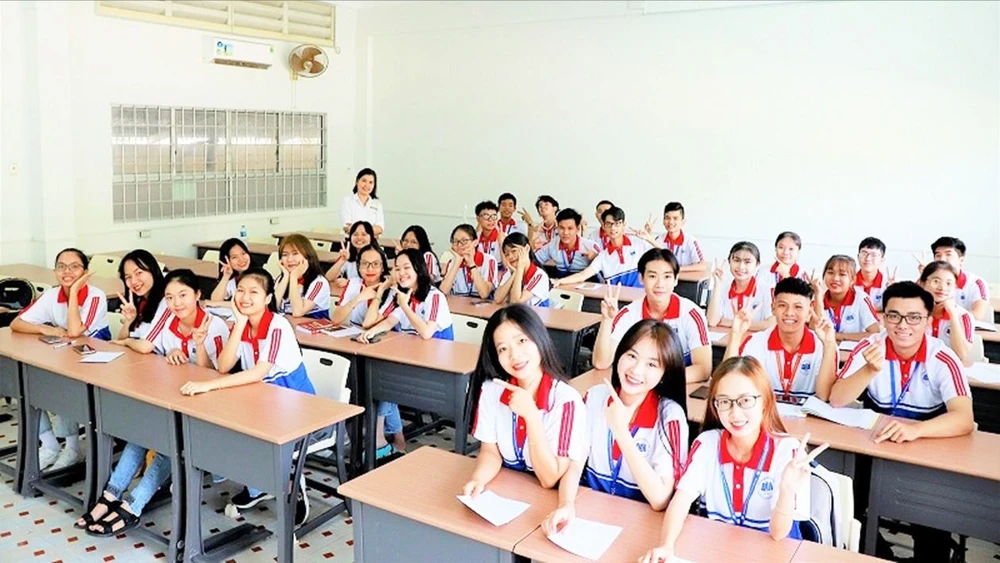
Similarly, the leaders of Quang Nam Provincial People's Committee also had many working sessions with the leaders of Da Nang University and proposed that Quang Nam University become a member of this university. Thereby, raising the level and creating a new position for Quang Nam University as well as solving the school's enrollment problem because in recent years, the school's enrollment rate has been quite low compared to the target.
Many universities in Ho Chi Minh City have also merged colleges and universities into branches or member schools. Specifically, in 2021, Ho Chi Minh City University of Agriculture and Forestry and the People's Committee of Ninh Thuan province agreed to merge Ninh Thuan Pedagogical College into the Ho Chi Minh City University of Agriculture and Forestry branch in Ninh Thuan. In 2019, the Ministry of Education and Training decided to establish a branch of Ho Chi Minh City University of Economics (now Ho Chi Minh City University of Economics) in Vinh Long province on the basis of merging Vinh Long College of Economics and Finance. The College of Finance and Customs merged with Ho Chi Minh City University of Finance and Marketing in 2017. In 2019, the management of An Giang University was transferred from An Giang Provincial People's Committee to Ho Chi Minh City National University (VNU), and this school became the 8th member school of VNU-HCM.
Meanwhile, the vocational education sector is also bustling with the merger of facilities. Specifically, by 2025, public vocational education facilities will decrease by about 20% compared to 2020. This is the target set in the planning of the vocational education network for the period 2021-2030, with a vision to 2045 approved by the Government in Decision No. 73/QD-TTg dated March 10, 2023. Accordingly, public secondary schools will decrease by about 40%; private vocational education facilities and foreign-invested vocational education facilities will increase by about 45%; complete the merger of continuing education centers - vocational education, vocational training into a vocational education facility at the district level...
Quality must be guaranteed.
According to Associate Professor, Dr. Vo Van Thang, Rector of An Giang University, after merging to become a member of Ho Chi Minh City National University, the school has escaped from many difficulties. From 2019 to now, the school has always achieved good results in enrollment and has received many projects and cooperation programs in training and scientific research as well as created favorable conditions to improve the qualifications of the teaching staff, attracting good staff to work at the school.
Sharing about the problems encountered when merging the College of Finance and Customs since 2017, MSc. Hua Minh Tuan, former Vice Principal of the University of Finance and Marketing, Ho Chi Minh City, said: in addition to the policies and legal procedures of the management agency, a series of issues must be resolved such as personnel, standardization roadmap, salaries, facilities, etc. The biggest problem is that there are no guiding documents, so if there is no determination and consensus from many sides, it will be very difficult to implement. The advantage for the school is that both schools are under the Ministry of Finance, so the problems are resolved quickly. Since the merger, the school's facilities have been expanded, the teaching staff has been upgraded and the training quality has been increasingly improved.
According to Dr. Tran Dinh Ly, Vice Principal of Ho Chi Minh City University of Agriculture and Forestry, there was a time when too many colleges and universities were established, leading to a surplus crisis, difficult enrollment, and insufficient budget. This is a transitional period to reorganize and affirm the real value of colleges and universities. Mergers will achieve good results if they are in the right direction and have the right goals; on the contrary, if they are not up to standard or not capable, they will lead to self-elimination.
The Ministry of Education and Training's plan on planning the network of higher education and pedagogical institutions for the 2021-2030 period, with a vision to 2050, has set the goal of consolidating and arranging universities that do not meet university education standards according to restructuring plans and focusing on investment to meet standards within a 3-5 year roadmap; merging to become a training unit or a branch of a prestigious university...
* Dr. PHAM VU QUOC BINH , Deputy Director General of the Department of Vocational Education, Ministry of Labor, Invalids and Social Affairs: Reorganize or dissolve weak vocational schools.
The country has over 1,800 vocational training institutions (including 1,205 public vocational training institutions), currently forming a network of high-quality schools and key national and regional occupations, with an average enrollment of 2 million people per year. However, despite its development, the vocational school system still has many shortcomings, and is not distributed reasonably among regions, mainly concentrated in urban areas. The vocational training enrollment structure is still inadequate, mainly at the elementary level and under 3 months (accounting for more than 80%); the quality and training efficiency of many schools are still low, not linked to the human resource needs of each industry and each locality; the relationship between schools and businesses is still loose... These shortcomings are posing an urgent need to rearrange or dissolve weak vocational schools; innovate and improve the quality of vocational education; Complete incentive policies and create conditions for domestic and foreign enterprises, organizations and individuals to establish and participate in vocational education activities.
* Ms. HUYNH LE NHU TRANG , Deputy Director of the Department of Labor, Invalids and Social Affairs of Ho Chi Minh City: Reduce the number of vocational training facilities
Although the number of vocational training institutions in Ho Chi Minh City accounts for 9.61% of the total number of institutions nationwide, their distribution is currently uneven. In addition, the number of vocational training institutions under the management of many ministries, branches and some departments and branches of the city also causes many difficulties in leadership and direction from expertise to management. Along with that, the number of vocational training institutions meeting land area standards is still limited: the number of public vocational training institutions managed by the city is currently using 49 real estate addresses as training locations, with a total area of nearly 900,000m², of which 11 institutions meet the land area standards and 17 institutions do not meet the prescribed standards.
Based on that reality, in order to improve the quality of human resource training for the city and the whole country, Ho Chi Minh City has been planning, merging, and reducing the number of vocational training institutions. After the merger, the city will continue to promote investment in modern facilities, equipment, and training programs to ensure training quality meets international and ASEAN standards.
* MSc. NGUYEN QUANG THANH, Head of Organization - Administration - Planning Department, Binh Phuoc College (Binh Phuoc province): One school has 3 professional management agencies! The school was established in 2019 on the basis of merging 3 schools: Binh Phuoc College of Education, Binh Phuoc Medical College, Binh Phuoc Vocational College. The merger has the advantage of being more streamlined. However, the school is currently facing difficulties in training programs because there are 3 professional management agencies: the medical field is managed by the Ministry of Health, the pedagogical field is managed by the Ministry of Education and Training, and the vocational faculties are managed by the Ministry of Labor, Invalids and Social Affairs. This has unintentionally led to some shortcomings, such as the current allowance regime for lecturers and staff: lecturers in the medical field receive 25%, vocational training fields receive 30%, and pedagogical fields receive 40%. Even though the allowances are not equal in the same school, it not only makes the lecturers question but also makes the school management face many difficulties. The school has sent a document to the General Department of Vocational Education about this issue, but according to current regulations, the teaching allowances of lecturers in each major cannot be changed.
THANH HUNG - QUANG HUY
Source: https://www.sggp.org.vn/giai-bai-toan-sap-nhap-co-so-giao-duc-post749338.html





![[Photo] President Luong Cuong attends the 90th Anniversary of Vietnam Militia and Self-Defense Forces](https://vstatic.vietnam.vn/vietnam/resource/IMAGE/2025/3/26/678c7652b6324b29ba069915c5f0fdaf)
![[Photo] General Secretary To Lam receives Singaporean Prime Minister Lawrence Wong](https://vstatic.vietnam.vn/vietnam/resource/IMAGE/2025/3/26/4bc6a8b08fcc4cb78cf30928f6bd979e)
![[Photo] Editor-in-Chief of Nhan Dan Newspaper Le Quoc Minh receives Iranian Ambassador Ali Akbar Nazari](https://vstatic.vietnam.vn/vietnam/resource/IMAGE/2025/3/26/269ebdab536444818728656f8e3ba653)
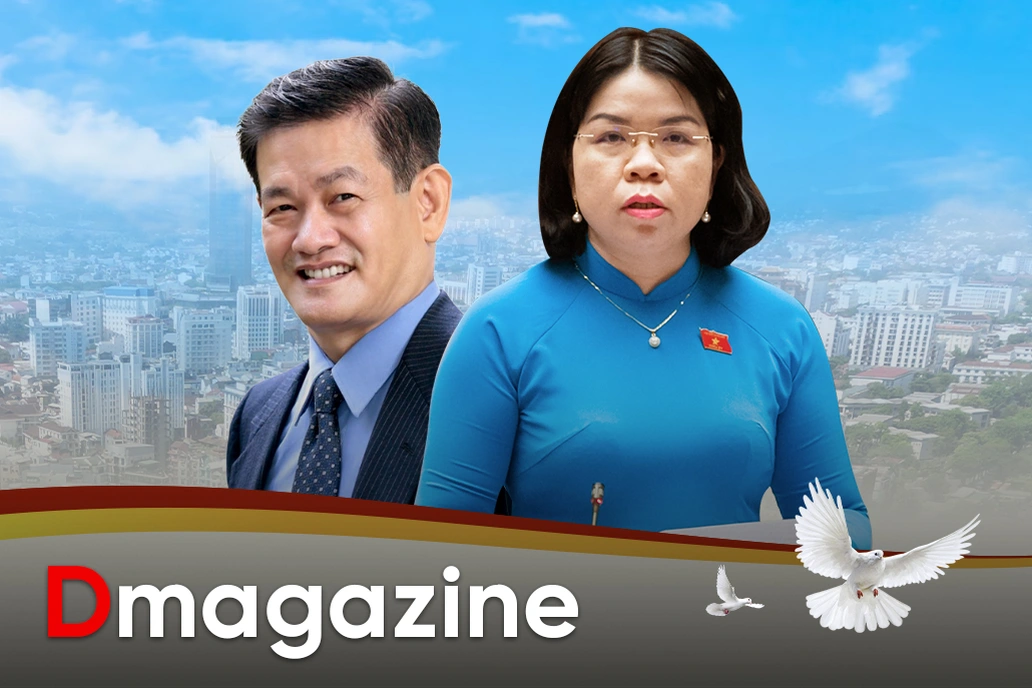



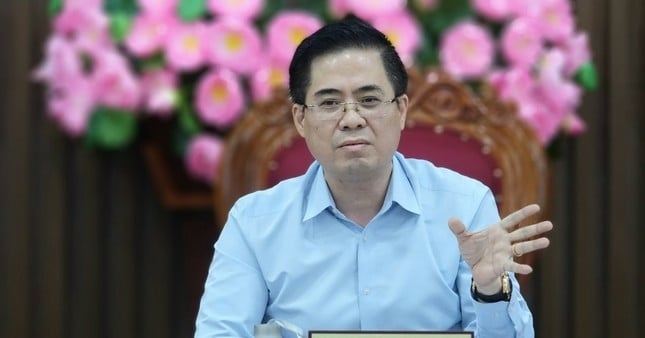

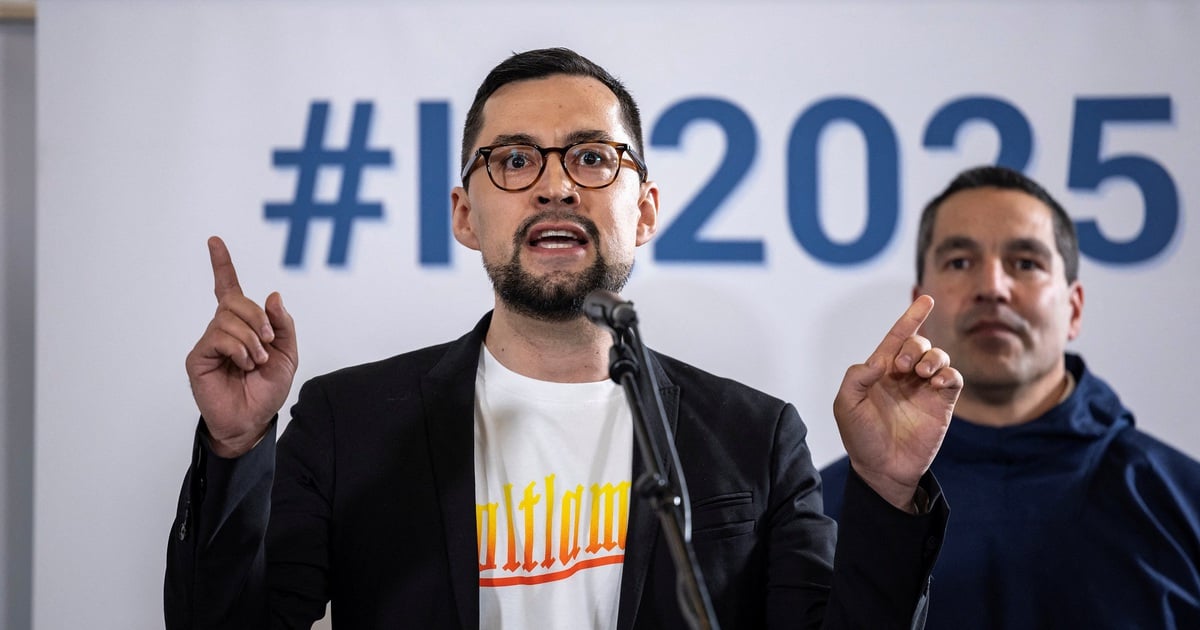

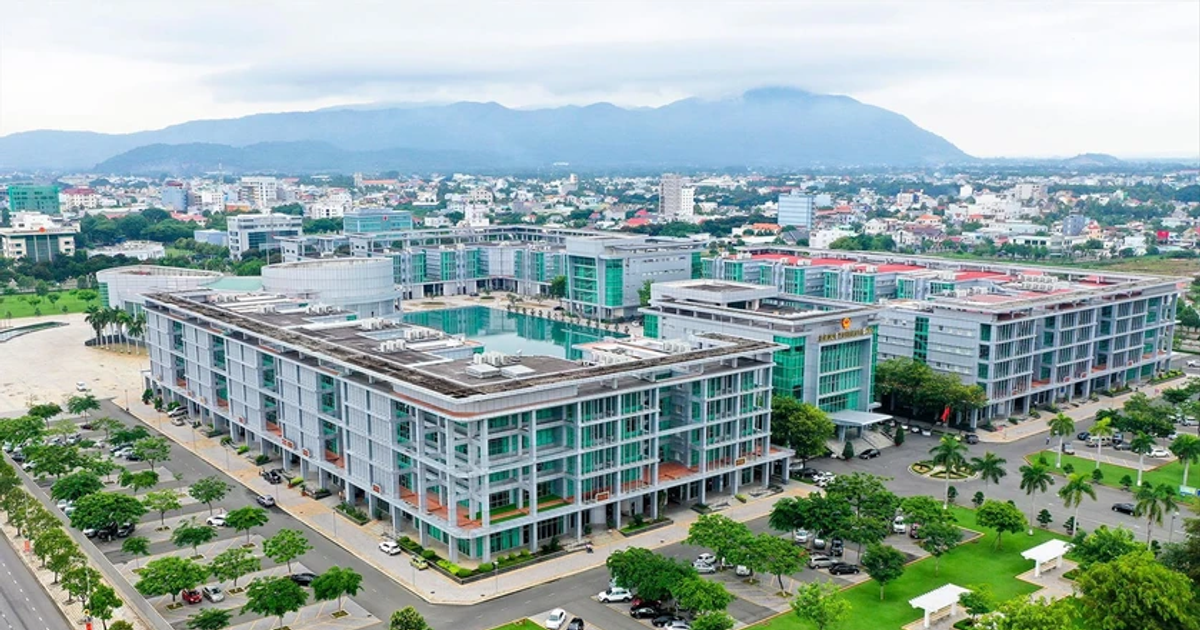

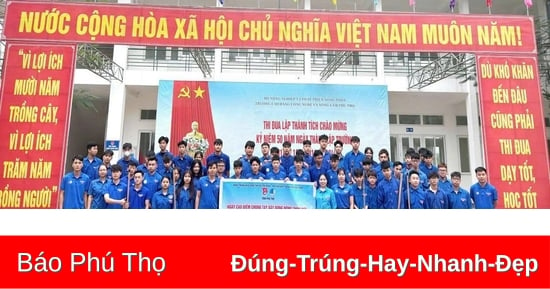

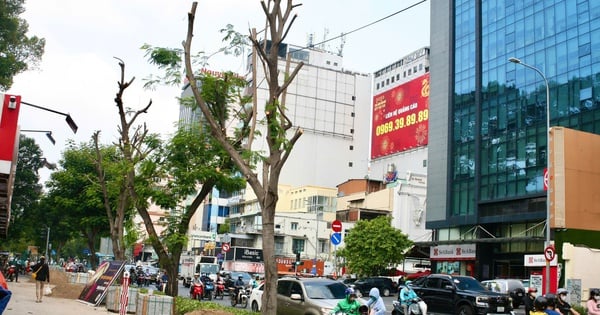

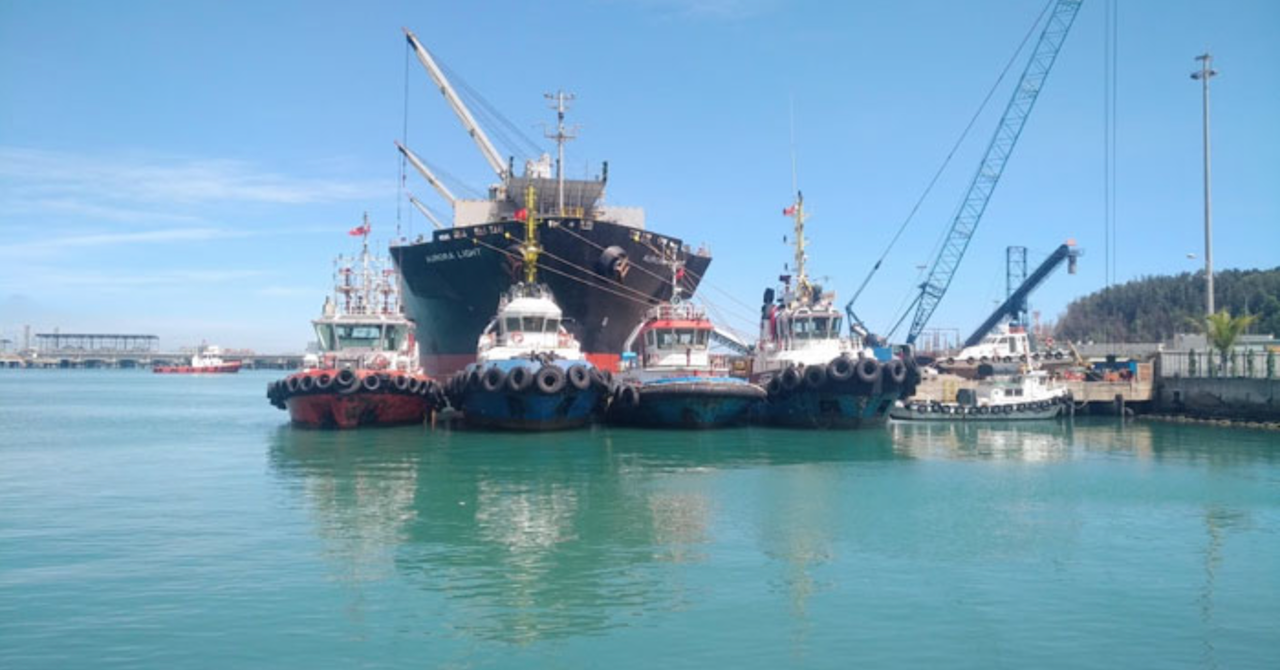
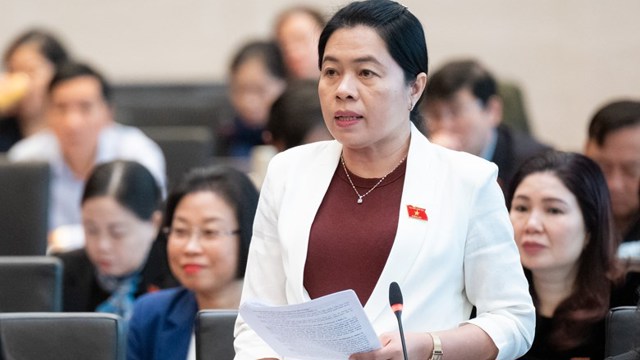
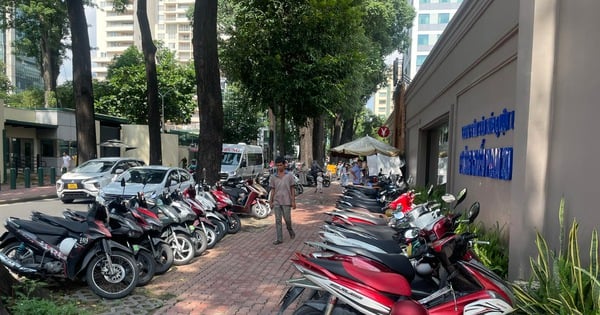
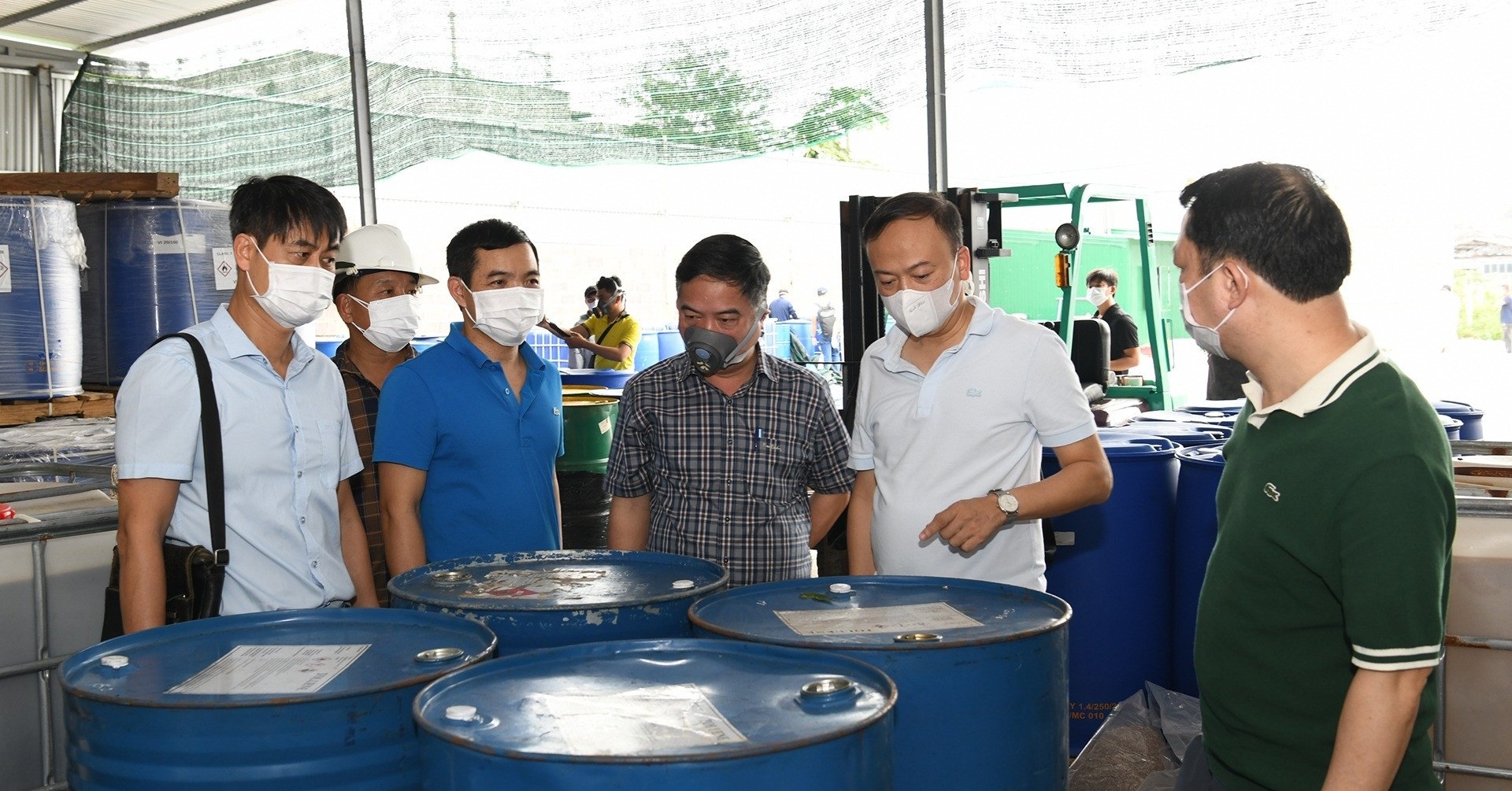




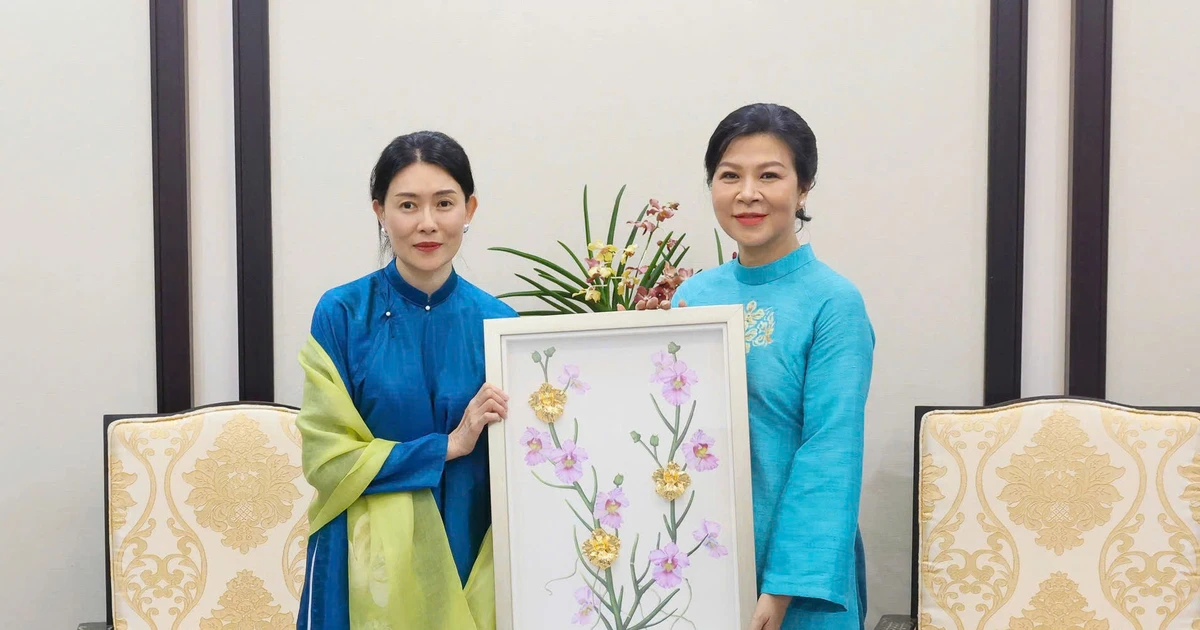
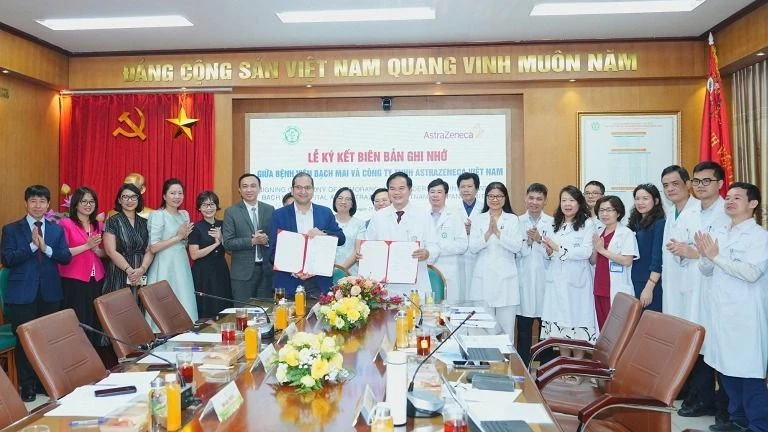
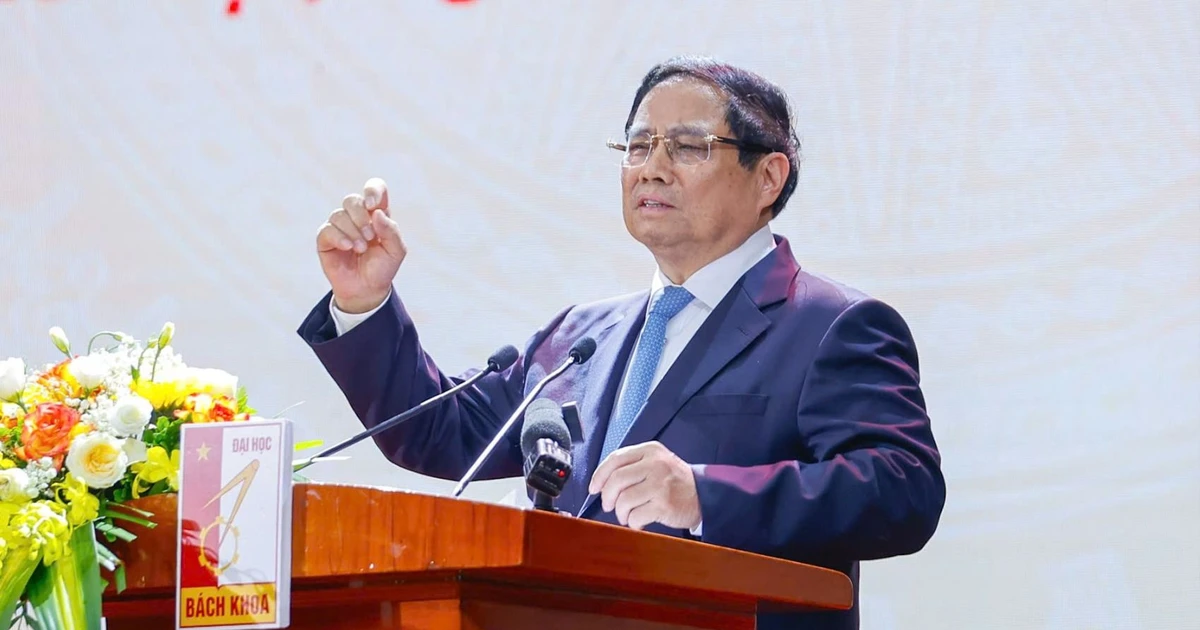








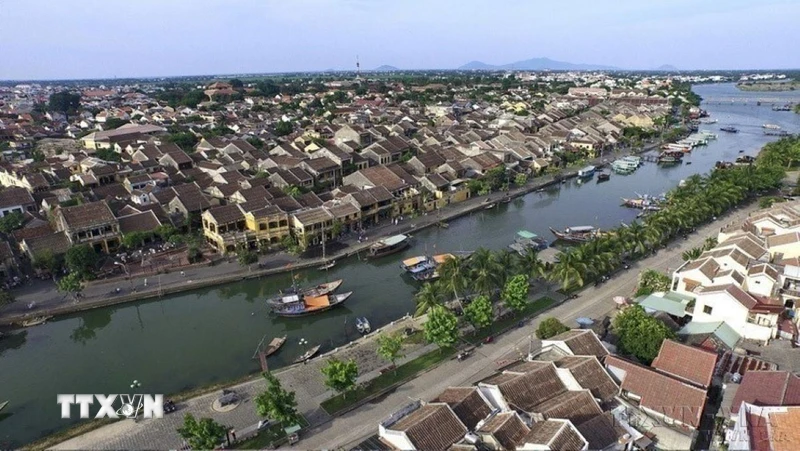

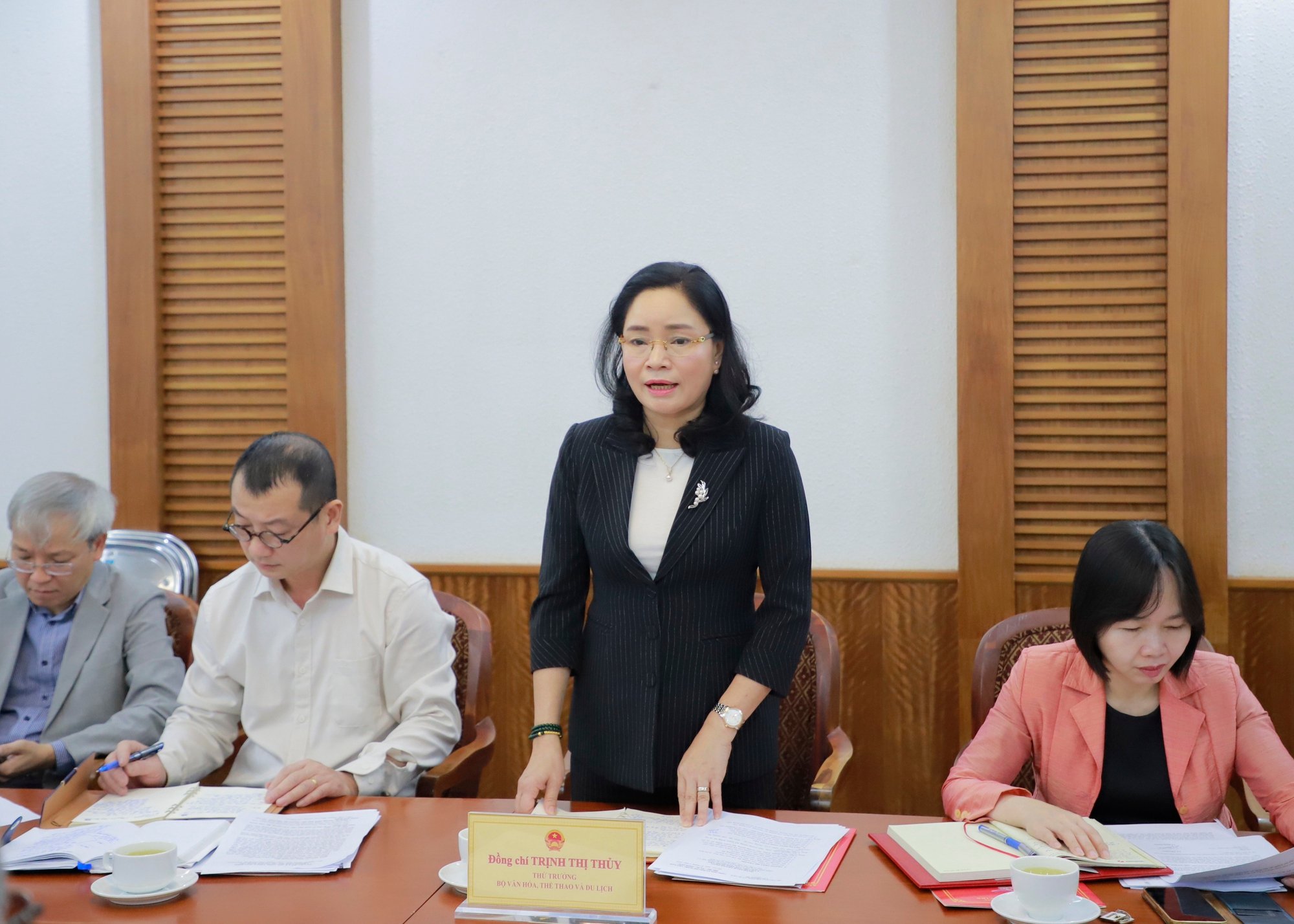



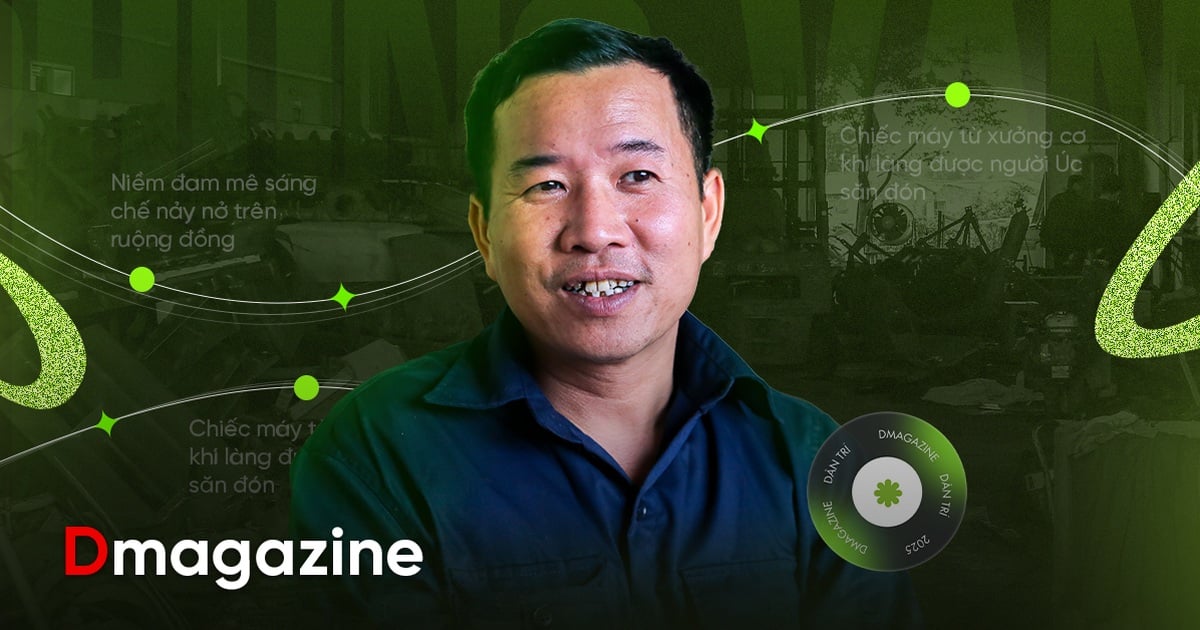
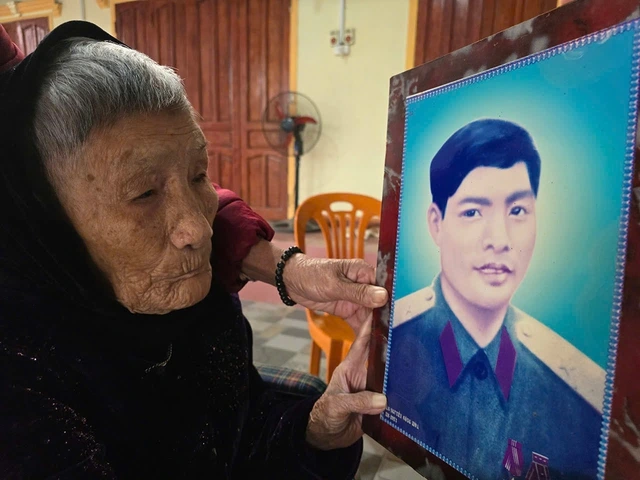
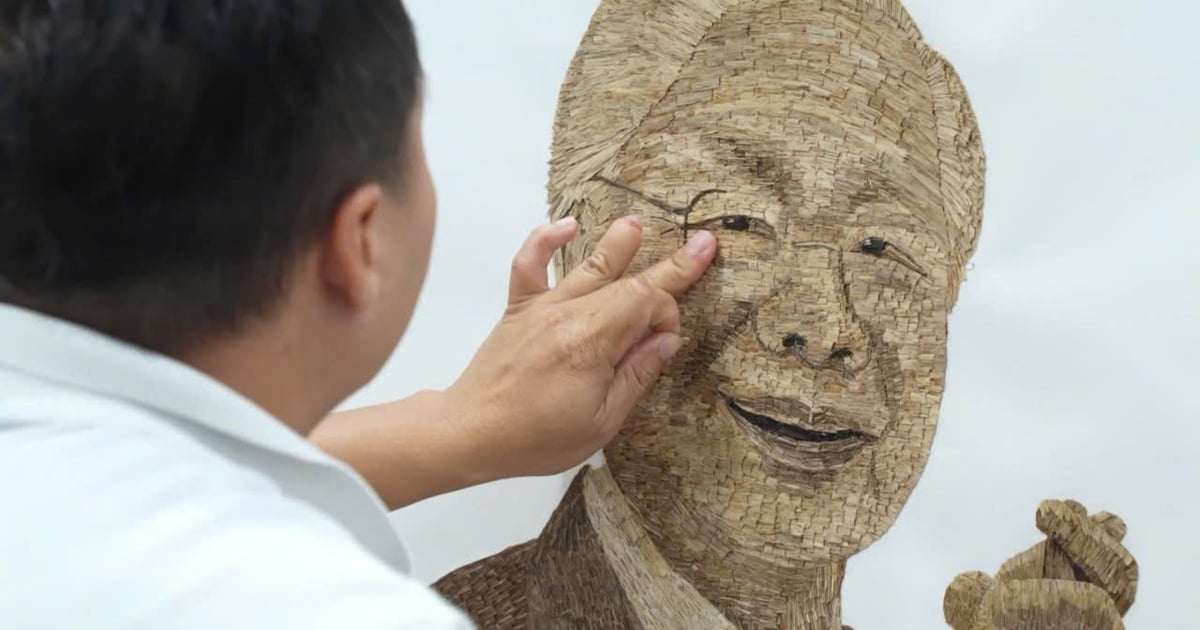
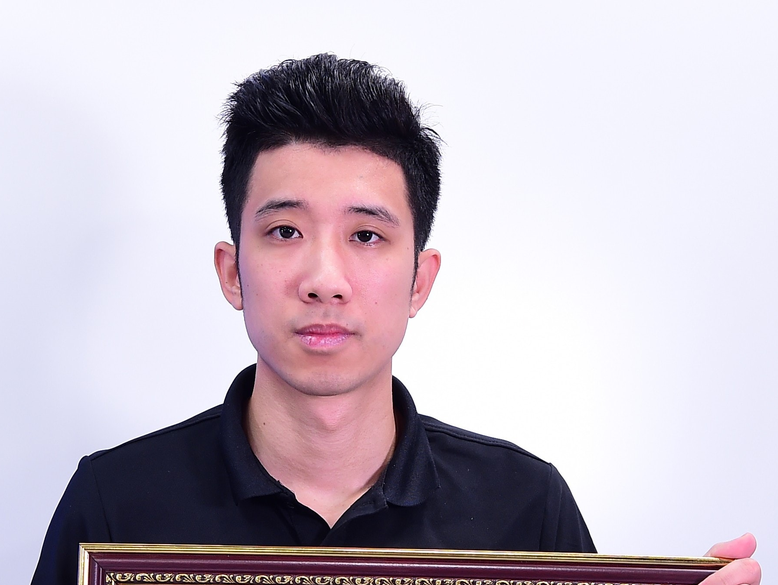
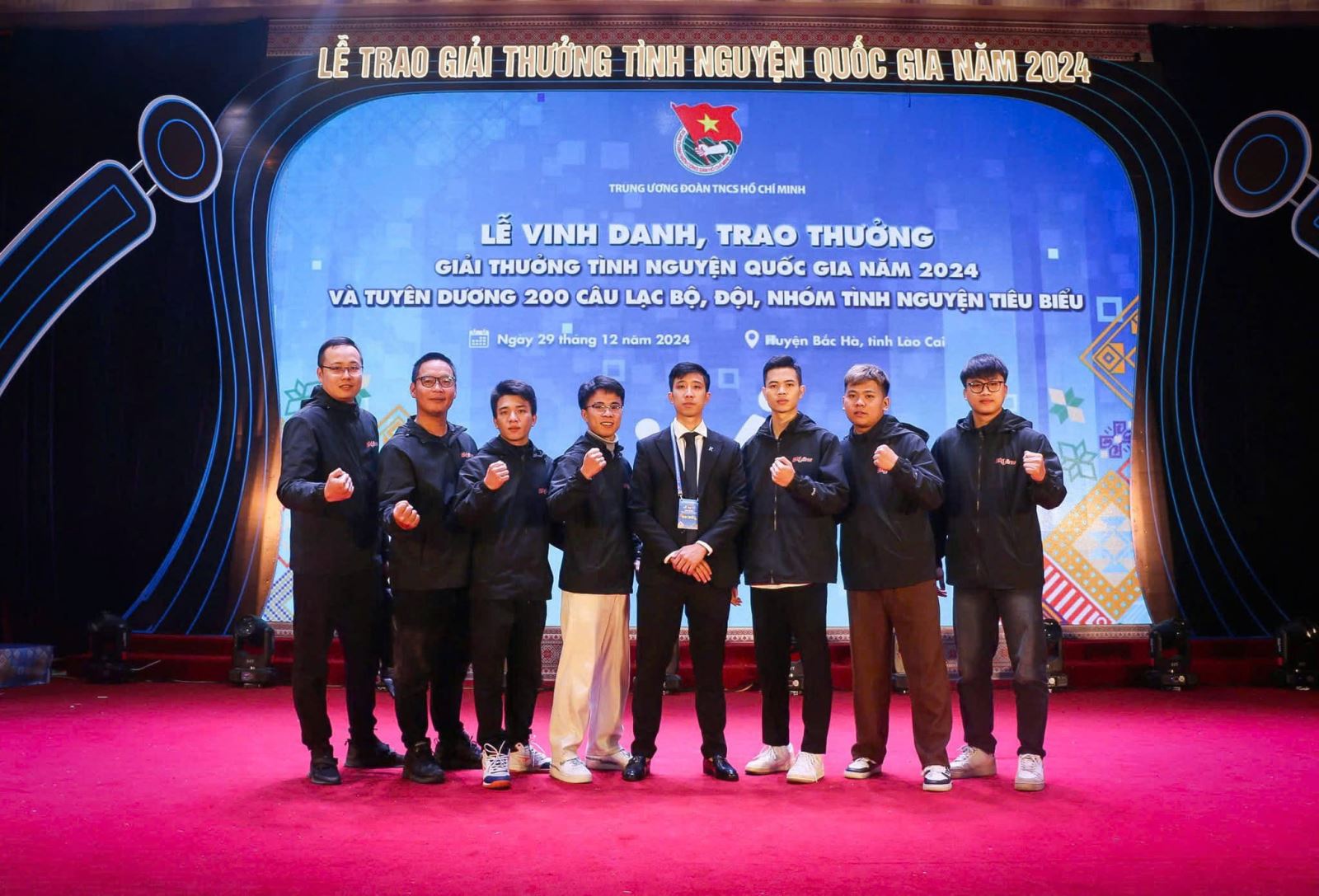









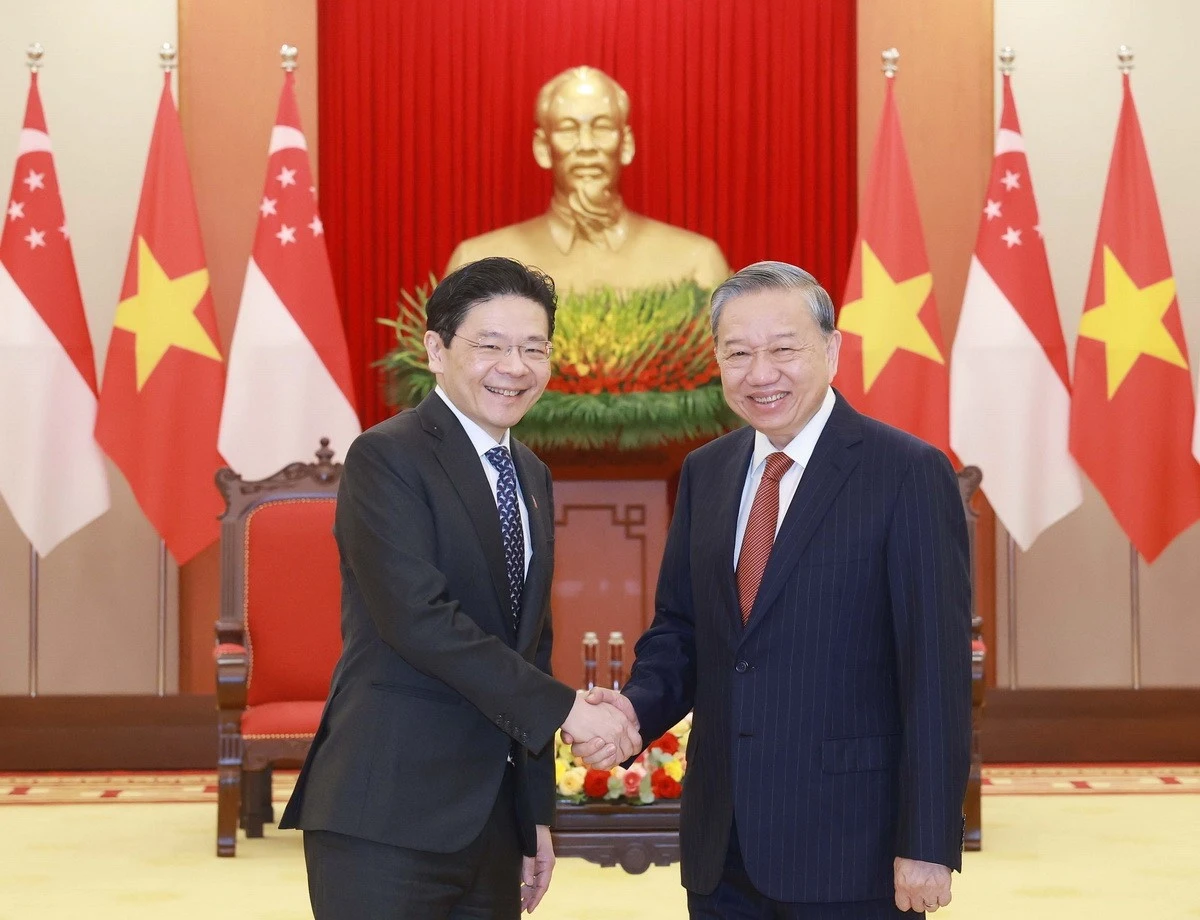
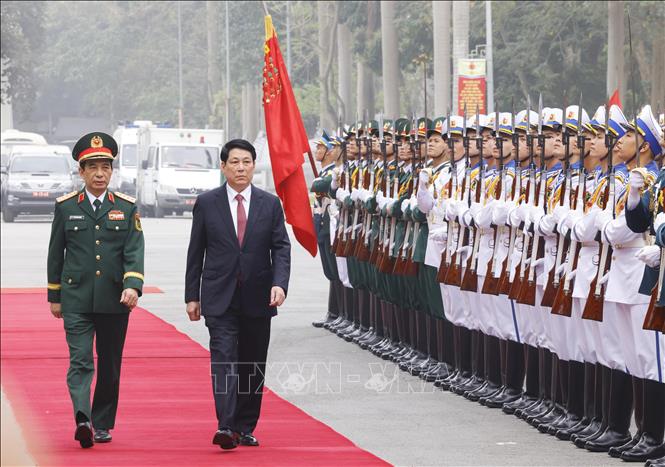
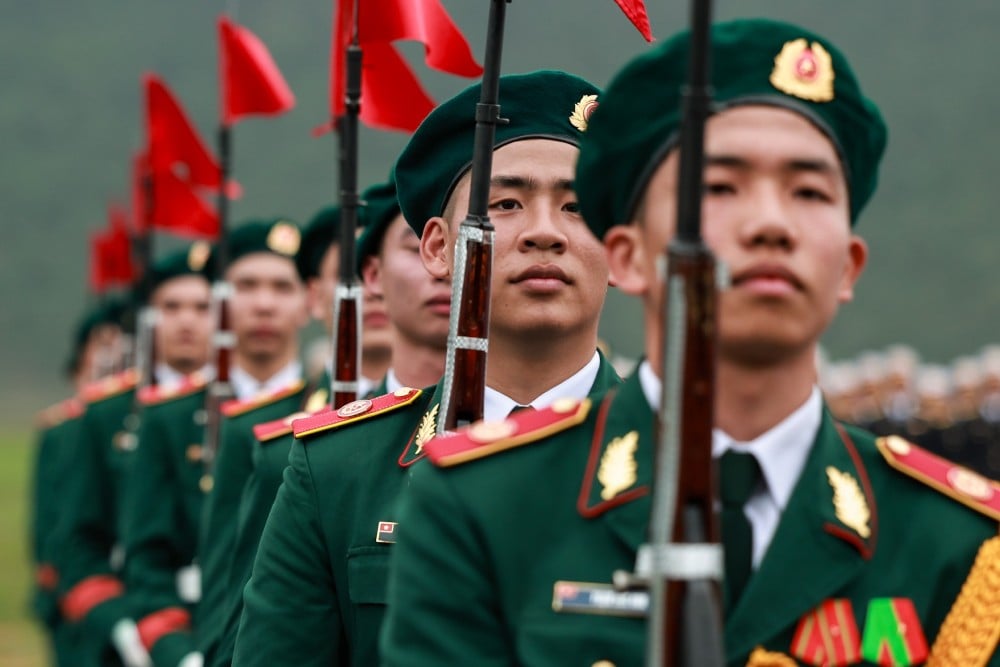

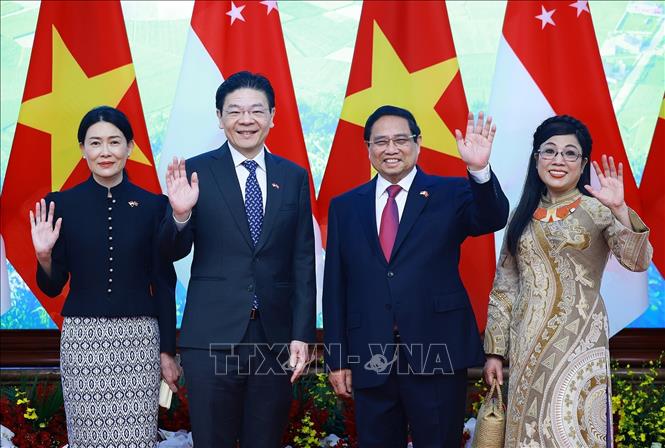
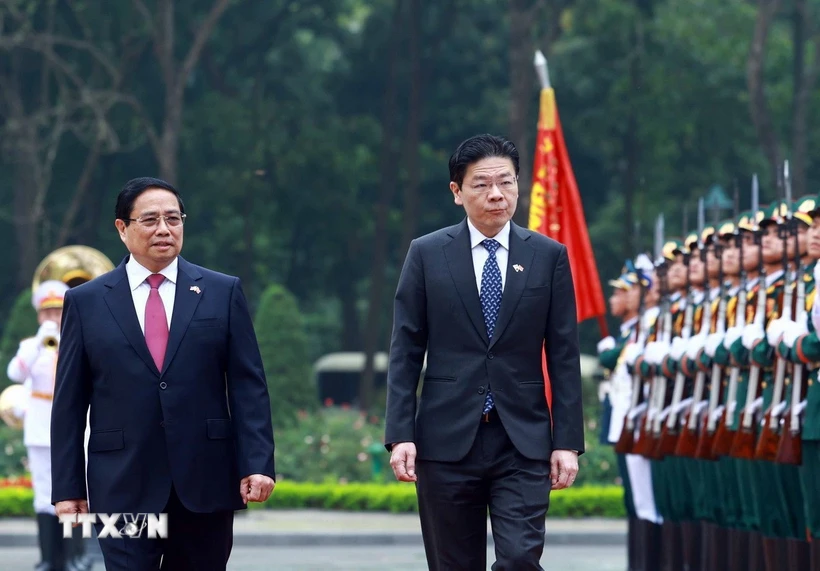
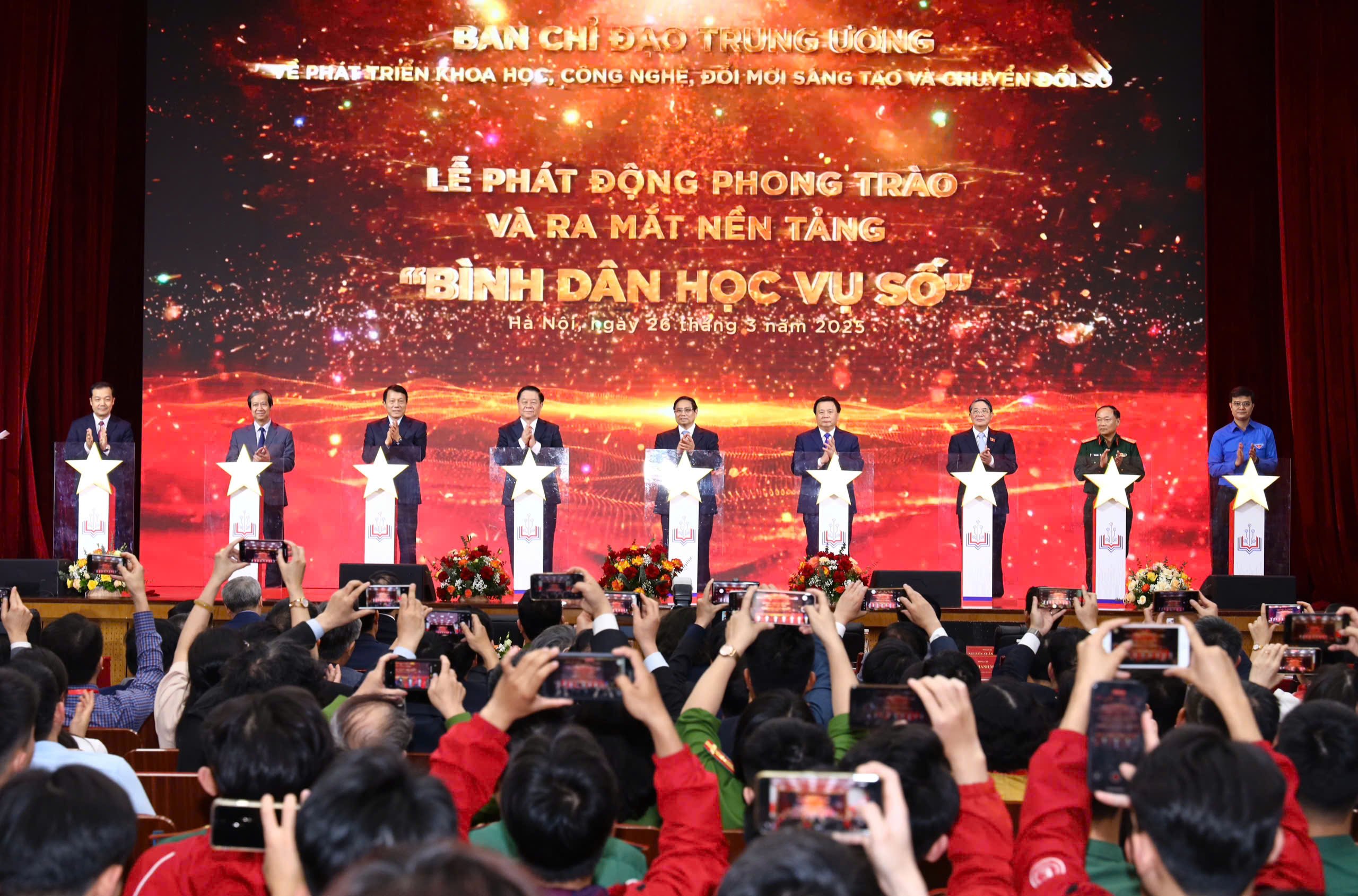

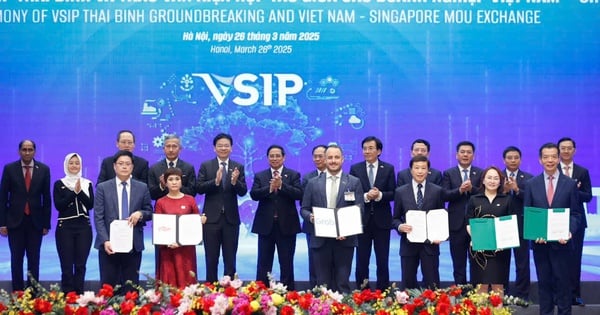

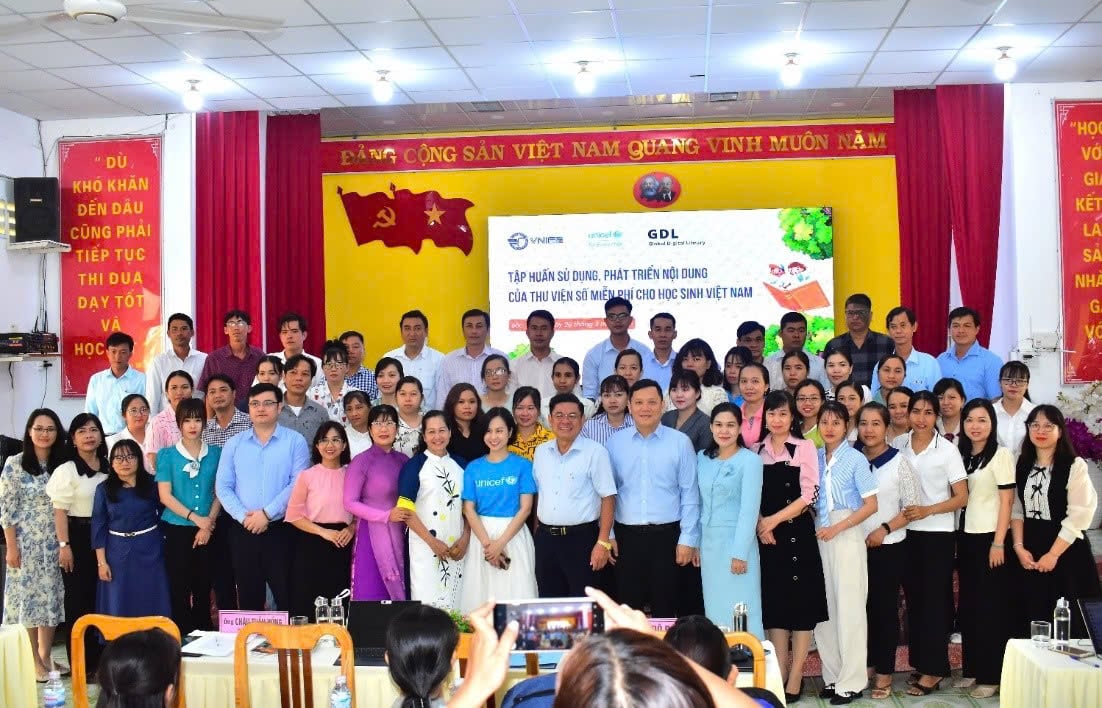


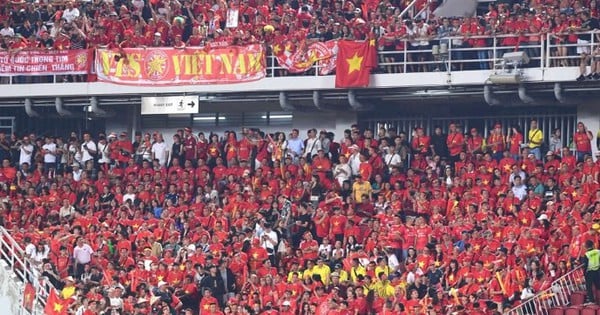

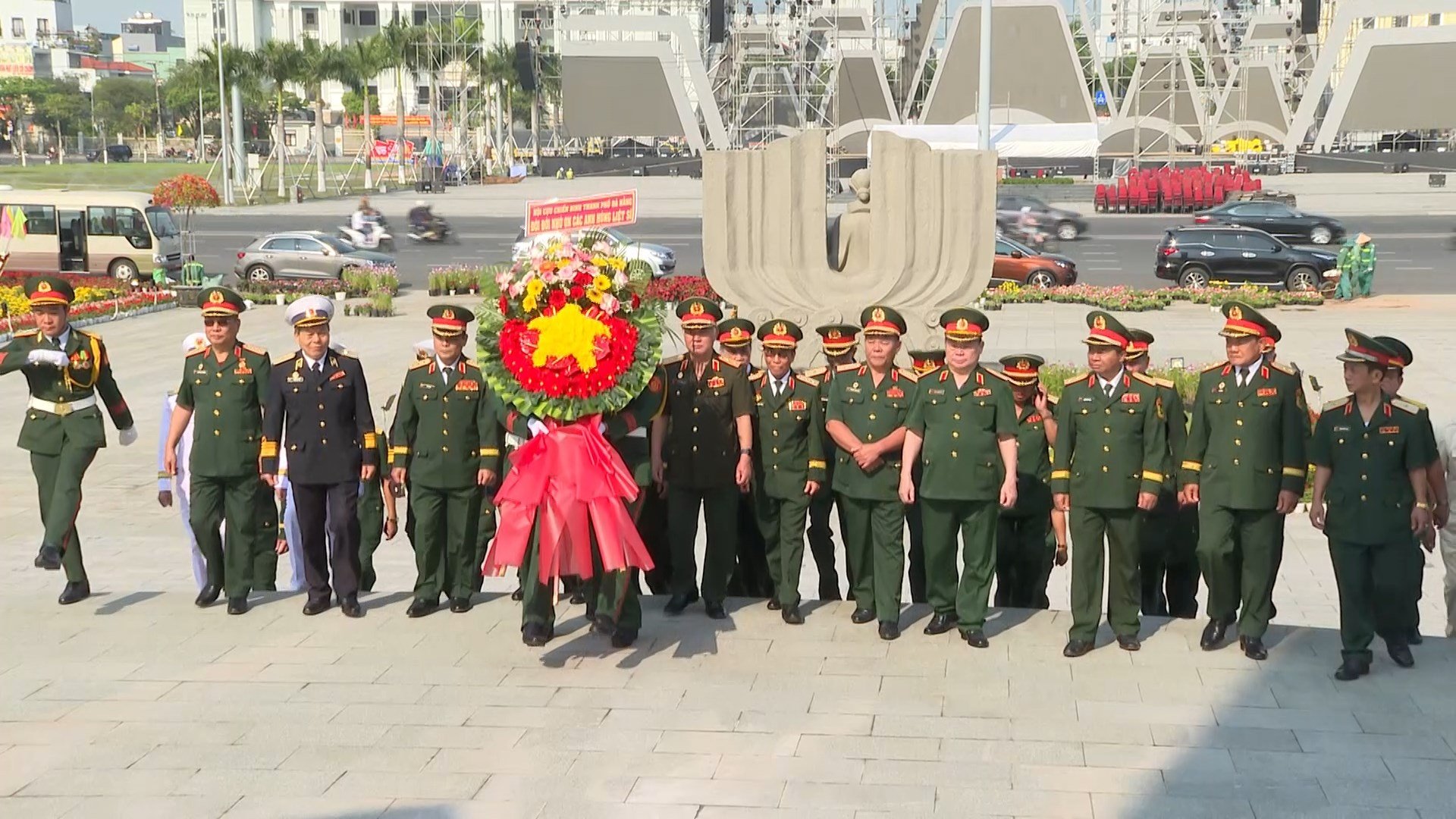
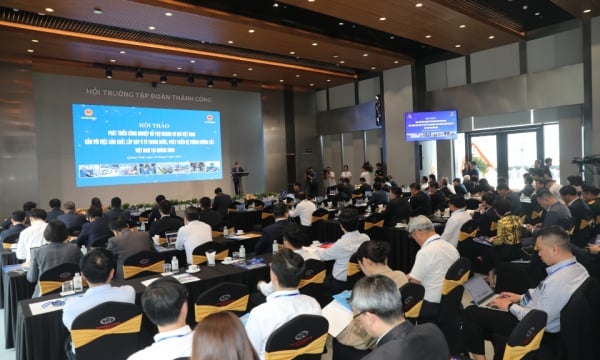

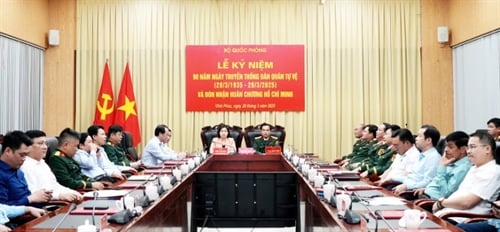
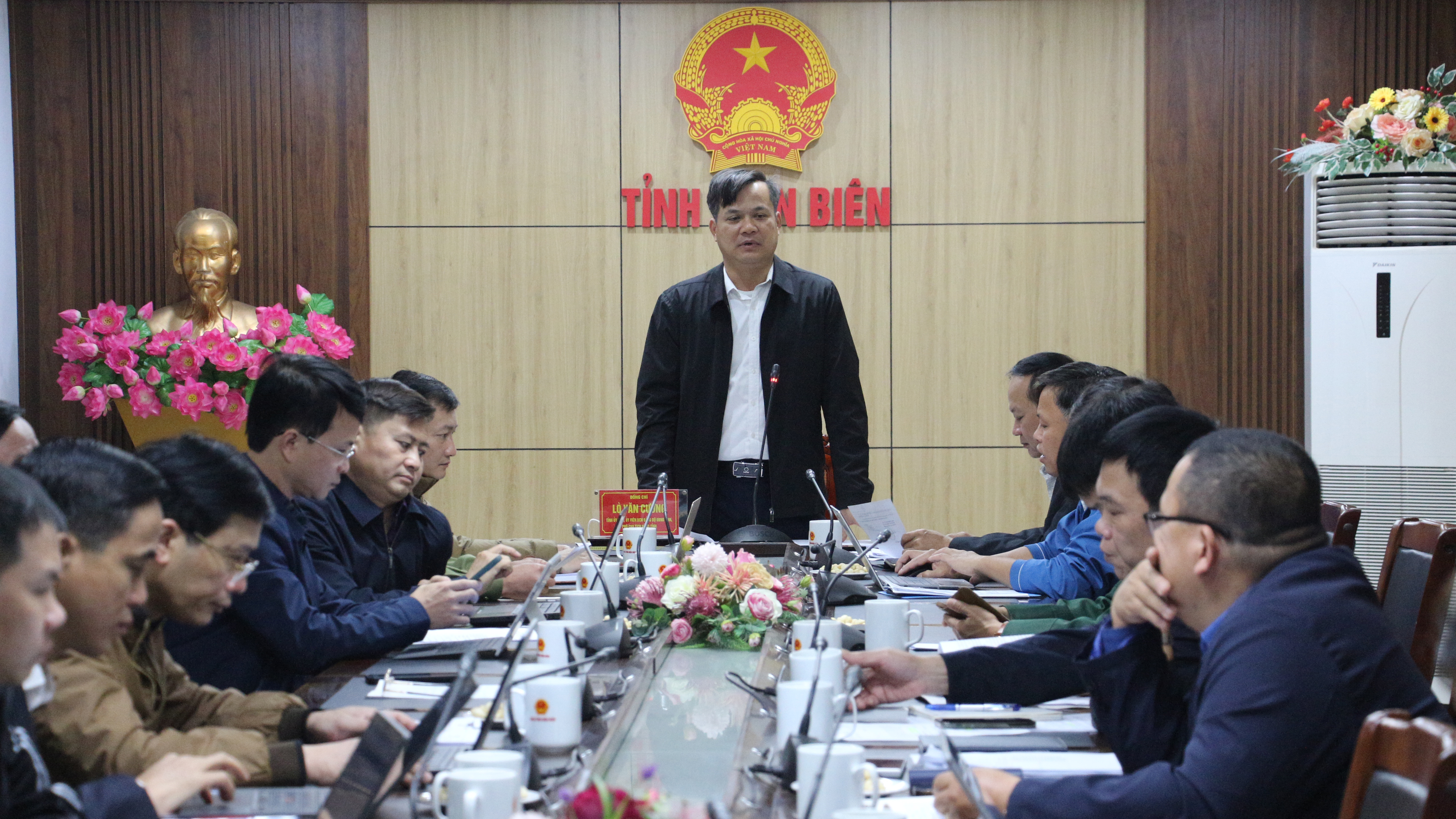
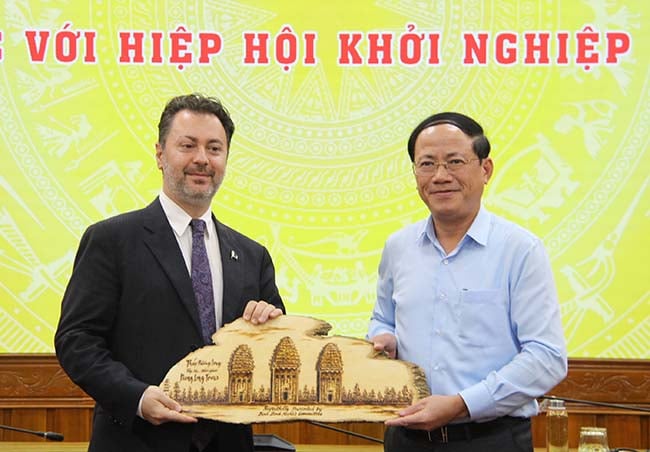


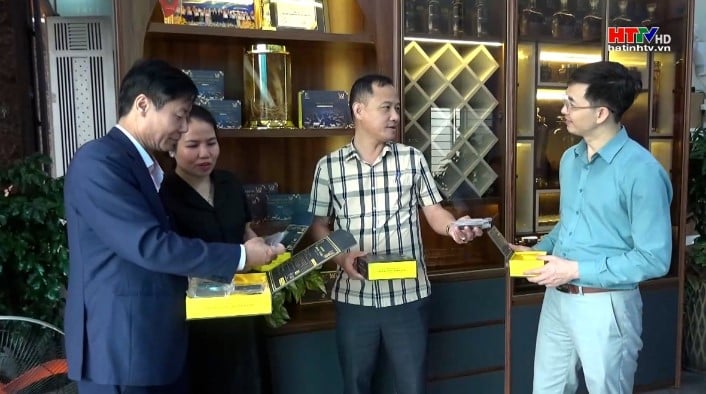






Comment (0)